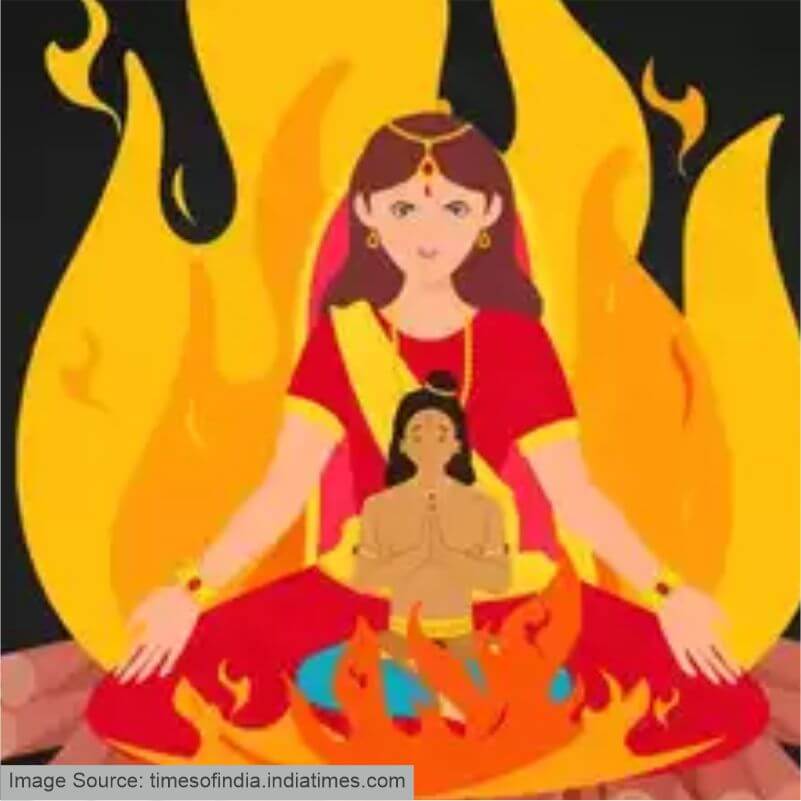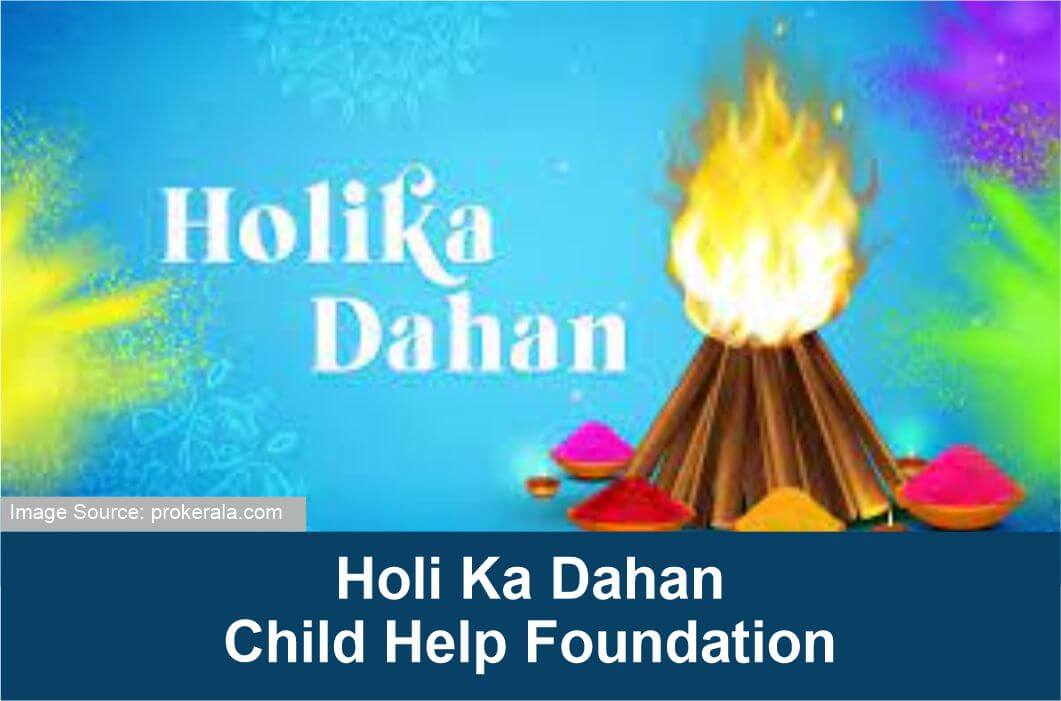Holika Dahan, celebrated on the eve of Holi, is an important Hindu festival that signifies the victory of good over evil. The festival has deep mythological roots and is observed with great devotion across India. People gather around a bonfire, offering prayers and symbolically burning away negativity, paving the way for joy and renewal.
The Legend Behind Holika DahanThe festival traces its origins to the tale of Prahlad, Hiranyakashipu, and Holika from Hindu mythology. Hiranyakashipu, a demon king, was granted a boon that made him nearly invincible. His arrogance led him to believe that he was superior to the gods, and he demanded that everyone worship him. However, his son, Prahlad, remained devoted to Lord Vishnu, infuriating the king.
To kill Prahlad, Hiranyakashipu sought the help of his sister, Holika, who possessed a magical cloak that made her immune to fire. She tricked Prahlad into sitting with her on a burning pyre, intending to let the flames consume him. However, by divine intervention, the cloak flew off Holika and covered Prahlad, protecting him while Holika perished in the fire. This event symbolises the ultimate defeat of evil forces and the power of unwavering faith.

Rituals and Celebrations
Holika Dahan is performed on the evening of Purnima (full moon) in the Hindu month of Phalguna, marking the beginning of Holi festivities. The rituals include:
- Setting up the pyre: A bonfire is prepared using wood, dried leaves, and twigs. In some regions, an effigy of Holika is placed atop the pyre.
- Puja and offerings: Devotees gather around the fire, performing rituals with coconut, wheat, grains, and gulal (coloured powder) as offerings.
- Circling the fire: People walk around the fire while praying for prosperity and well-being. This ritual is believed to cleanse negativity and bring good fortune.
- Burning of the pyre: As the bonfire is lit, people celebrate the destruction of evil and welcome positivity into their lives.
Beyond its religious meaning, Holika Dahan has scientific relevance. The bonfire helps purify the air and reduce bacteria and germs, which is especially beneficial as the seasons change. Additionally, the warmth of the fire signifies the transition from winter to spring.
Culturally, the festival fosters unity and joy. Families and communities come together, reinforcing bonds and spreading happiness. The following day, Holi, the festival of colours, is celebrated with great enthusiasm.
Eco-Friendly CelebrationsWhile the festival is a time of joy, it is crucial to celebrate responsibly. The excessive burning of wood contributes to environmental concerns, and many regions now encourage eco-friendly Holika Dahan, using waste materials instead of fresh wood.
As we celebrate this festival, let us remember its true essence— the victory of righteousness, faith, and love over arrogance and evil. May Holika Dahan inspire us to let go of negativity and embrace positivity, just as the flames consume darkness and pave the way for light.
Happy Holika Dahan!